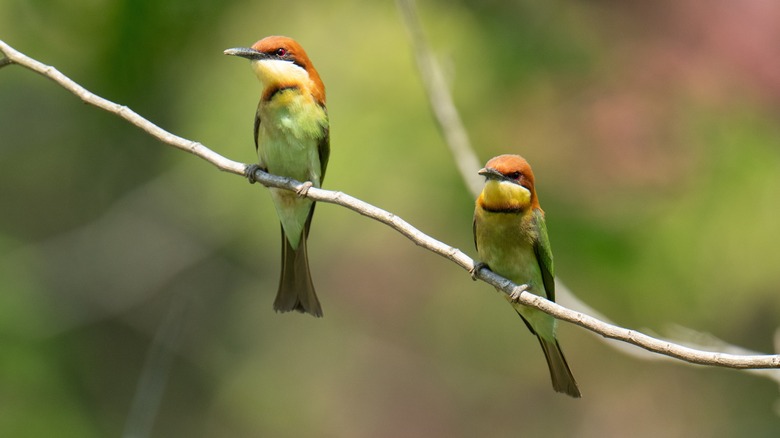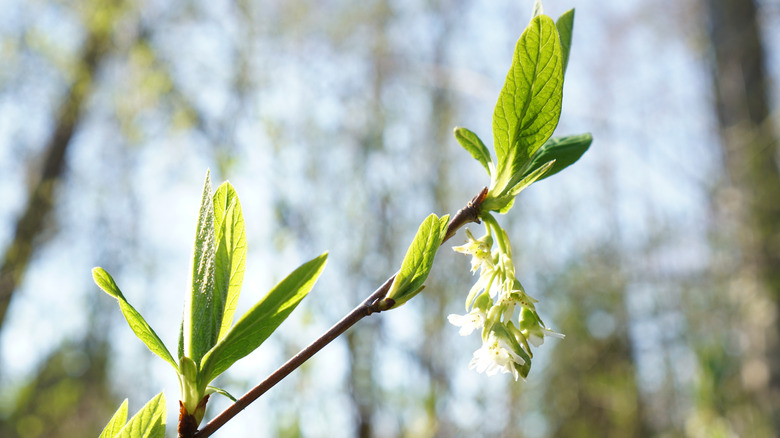Attract Hummingbirds, Butterflies, Songbirds & Bees With One Plant That Does It All
If you want a garden filled with the chirp of songbirds and buzz of hummingbirds, butterflies, and bees, Indian plum (Oemleria cerasiformis), one of the native plants for a sustainable approach to attracting hummingbirds, should be on your plant list. What makes this plant truly special is that it is one of the earliest blooming shrubs each season, offering nectar-filled flowers as soon as late winter and early spring. These flowers provide a nourishing food source for hummingbirds, butterflies, and other pollinators when other food supplies are not yet available. This gives pollinators a head start helping other crops and flowering plants that depend on their pollination services to thrive. Throughout the summer, Indian plum's fruits and seeds attract songbirds and other wildlife.
Also known as oso berry, Indian plum is a hearty, fast-growing perennial shrub that can reach heights of between 6 and 20 feet. Anchored by a fibrous root system, Indian plum is ideal to cover large swaths of your garden. It is great as a hedgerow or lush backdrop for smaller blooming plants throughout the growing season. It is native to the western coastal regions of North America, from southern British Columbia to central California, and will thrive in USDA Hardiness Zones 6 to 10. It's not considered invasive and is resistant to pests and diseases, adding to its allure.
Growing Indian plum into your garden
You have several options when you're ready to add Indian plum to your outdoor green space. You can often get a head start by purchasing potted plants from your local garden center. If you live in an area where Indian plum grows naturally, collect seeds during the growing season from May to June, and then propagate them. Wrap the seeds in a moist paper towel, place them in a sealed container, then store in the refrigerator for two to four months. Check periodically for moisture and sprouting. You can speed up the germination process by placing the chilled seeds on a heat source for about a week.
Once the seeds are ready, transplant them into starter pots and nurture the plants until they're ready to go into the ground. Be sure to follow the tricks to increase seed germination rate for a flourishing garden. If you know someone with established Indian plum plants who is willing to share, you can also dig up hardwood cuttings about a year old in the early winter and replant them in your own garden.
Indian plum tolerates a wide variety of soil conditions including clay, but thrives in moist, well-draining spaces. It grows equally well in sun or shade, but will produce a denser shrub when located in full sun. Shadier spots produce more sprawling growth. Choose your location, prep your soil for successful planting, and transplant your new plants in early fall. Soon you will be welcoming an abundance of hummingbirds, songbirds, bees, butterflies, and other visitors that can't resist this early-season superstar.

